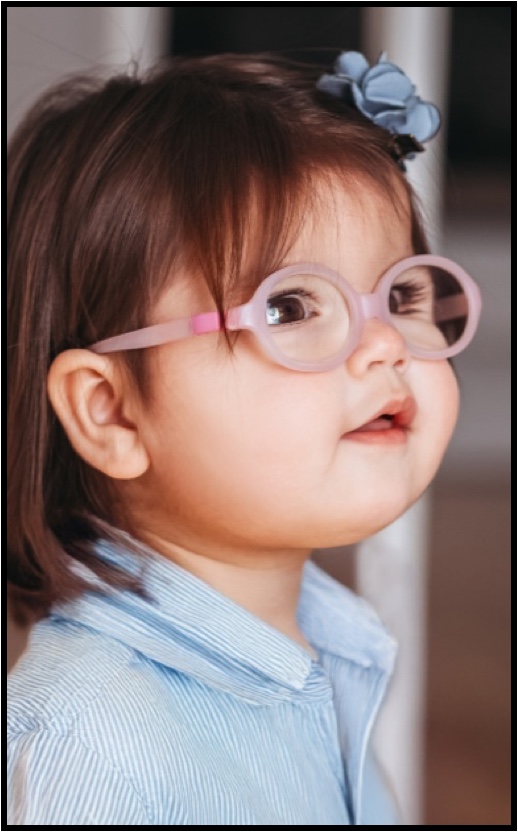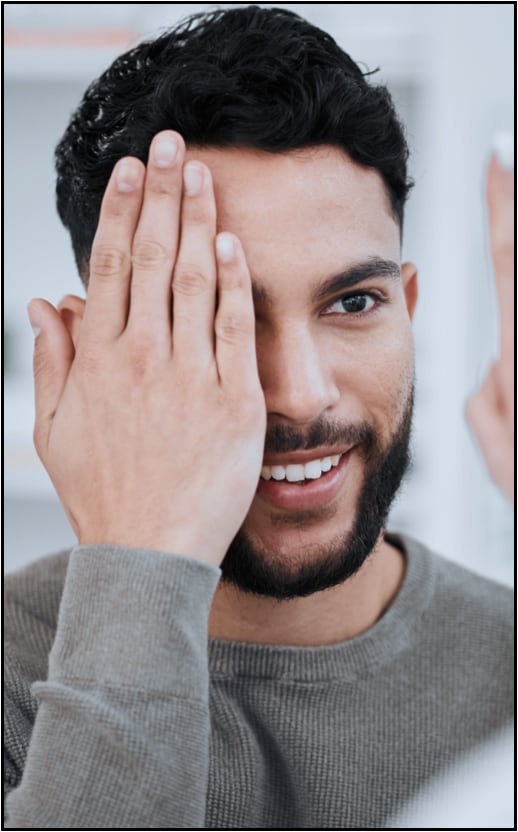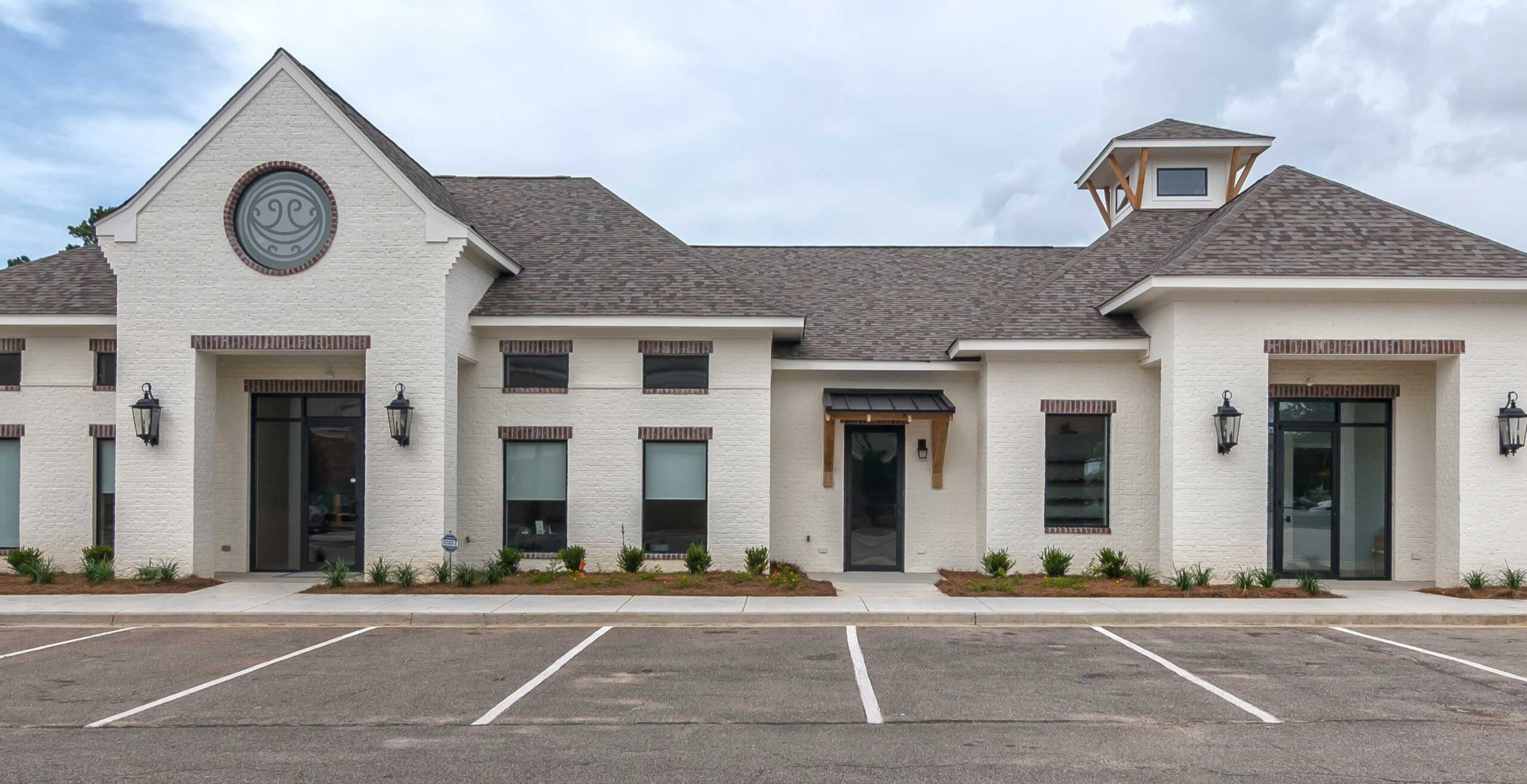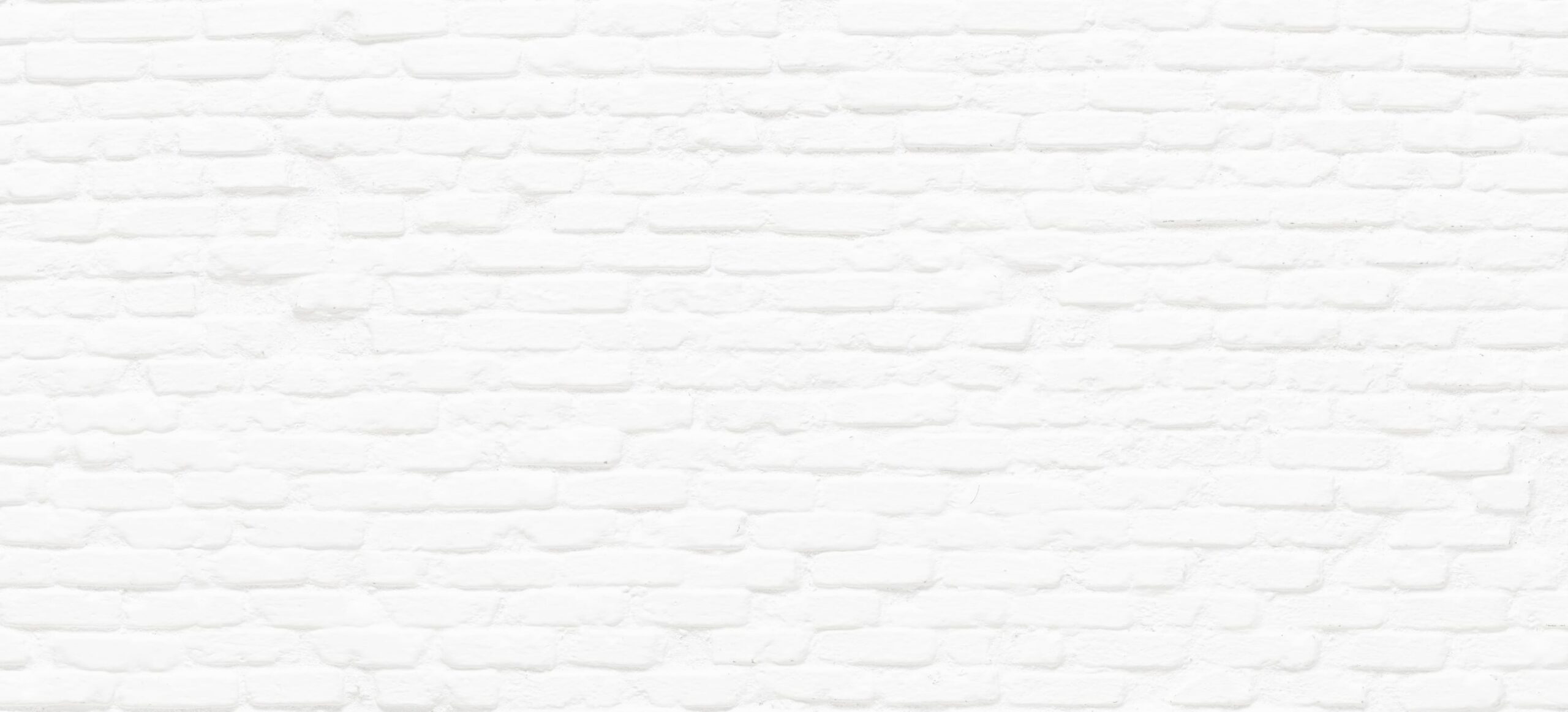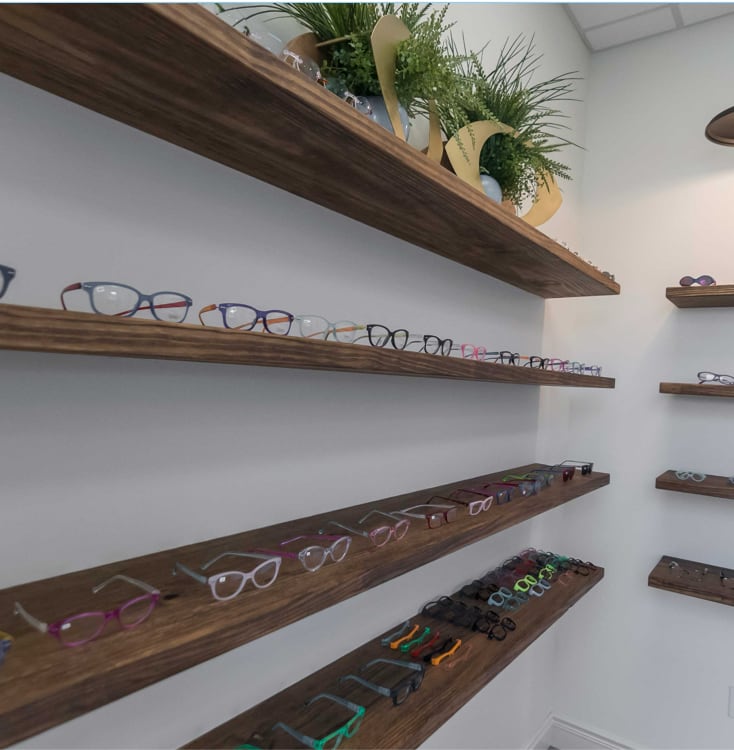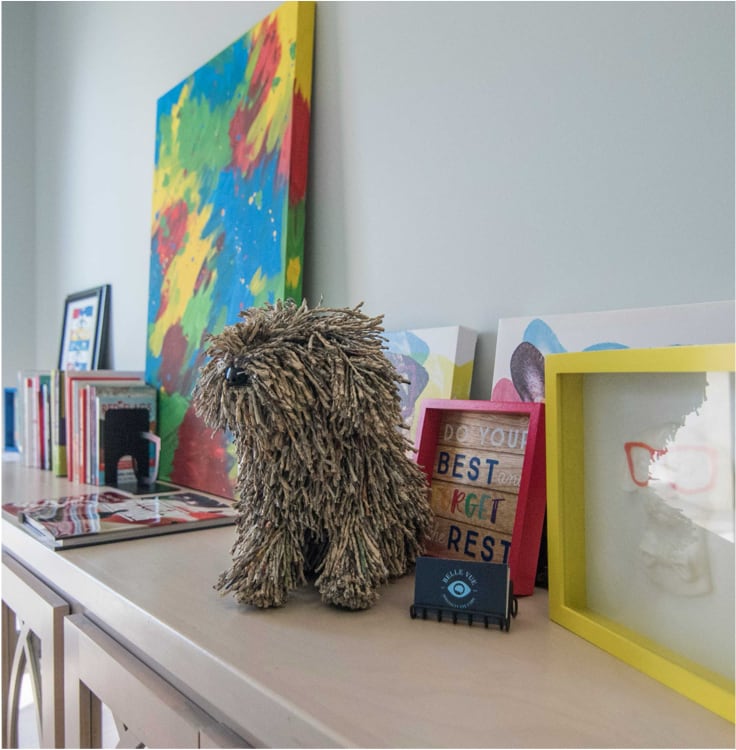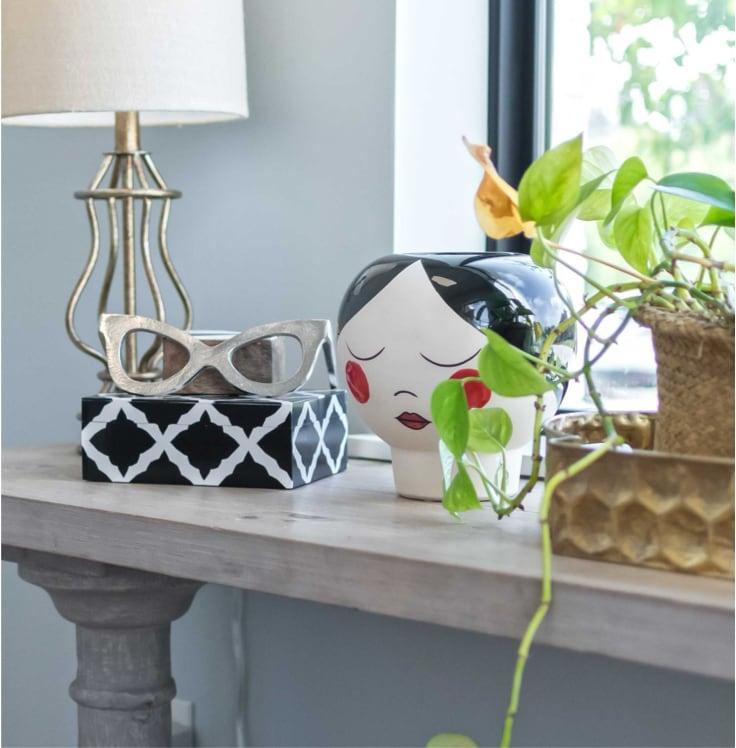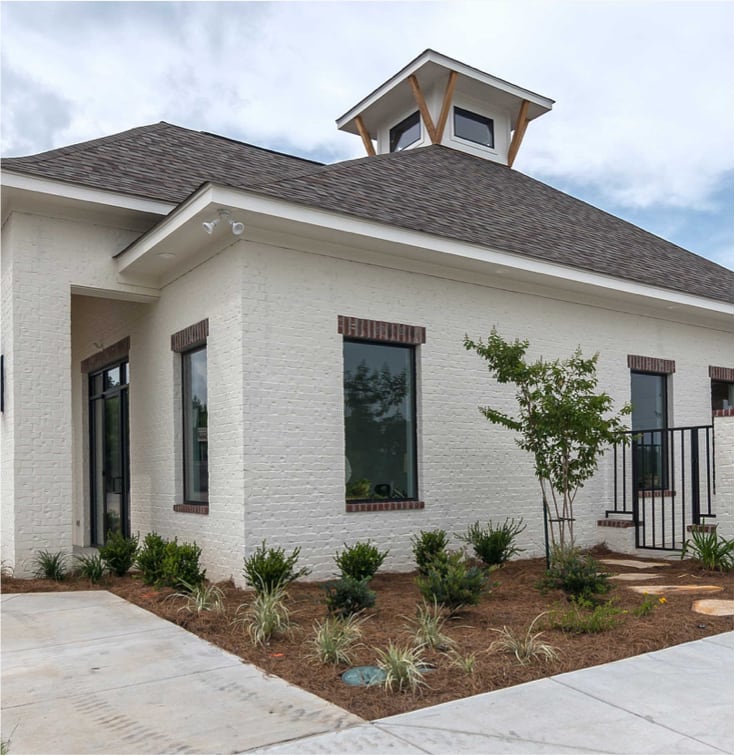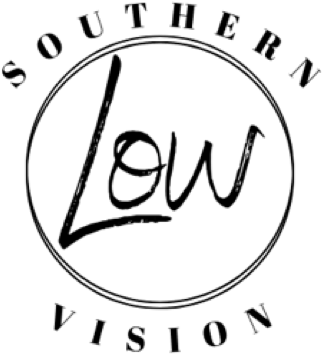One of the most understated disorders after a brain injury and stroke are disorders that happen within the visual system.
These disorders dramatically and negatively affect a person’s quality of life including unstable balance, double vision, headaches and the ability to walk easily, drive a car or read, to name only a few symptoms. Neuro-optometric rehabilitation should be part of the team approach to rehabilitate a patient after a brain injury or stroke, no matter how mild or severe.
An optometric evaluation is needed to determine the best approach to treat each individual patient.
An exam may include a test of balance and neuro-functional lenses to see if balance improves. It will also include a thorough evaluation of eye movements including the ability to fixate, look quickly and accurately from one point to another (termed a saccade) and to track a moving target (termed a pursuit).
An instrument utilized by some physicians is the RigthEye system.
This system evaluates a person’s eye movements to maintain fixation, to saccade and to pursue. A report is generated that identifies areas where the patient requires improvement. This instrument not only objectively records the accuracy of the eye movements but also measures the speed of these movements.
Another tool often used in an evaluation is a visually evoked potential, or VEP.
This instrument evaluates the speed and magnitude of a visual stimulus as it connects with the visual areas of the brain. Electrodes are placed on the patient’s head. The patient is asked to view a high contrast stimulus on a screen. A recording of speed and magnitude of the impulse going to the brain is measured. The results can be examined for information about how neurological damage has impacted the visual system.
These tests, performed on patient with a stroke or a brain injury are objective, meaning little to no feedback from the patient is necessary. This is particularly important to note in patients with severe neurological damage. A thorough visual evaluation by a board-certified neuro-optometrist who will personally order a prescribed treatment plan can vastly improve tone’s quality of life.
The best treatment for patients with a brain injury is, of course, a comprehensive team approach.
This means that professionals who are trained in neurological treatment of damage from all different specialties should be involved in a plan to care for a patient. This may include, but not limited to: optometrists, physiatrists, neurologists, psychologists, physical therapists, occupational therapists, speech therapist, and social workers. Neuro-optometric rehabilitation should always be performed under the direction of an optometrist who is knowledgeable about the visual system and it’s relationship to neuro-rehabilitation after the brain has been compromised.
Support groups are an invaluable resource for not only survivors of brain injury and stroke, but also their loved ones and caregivers. A support group meets monthly at CrossPoint Community Church in Hattiesburg, MS, (second Tuesday of each month, starting at 6 PM). More information can be found on their Facebook page at “Brain Injury Association of Mississippi-Hattiesburg Support Group.” The Mississippi Brain Injury Association is a nonprofit is based in Jackson, MS and they can share a wealth of information. Their on-line address is www.msbraininjury.org. The Neuro-Optometric Rehabilitation Association (NORA) can assist you in further information about the importance of vision care after a brain injury or stroke. You can locate a neuro-developmental eyecare provider in your area on NORA’s site at www.noravisionrehab.org. They can give specific information about how the visual process is compromised when suffering a stroke or a traumatic brain injury. One last resource is the College of Optometrists in Vision Development (COVD) and their address is www.covd.org.

